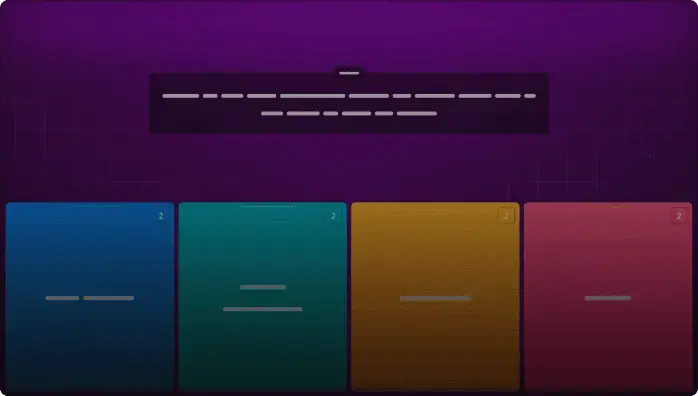
Chapter 7 - Circular Motion
Assessment
•
Lindsay Nalepa
•
Science
•
11th - 12th Grade
•
1 plays
•
Easy
Student preview

10 questions
Show answers
1.
Multiple Choice
Force directed toward the center of a circular path to keep the object moving in a circular path
Centripetal acceleration
Velocity
Centripetal force
Gravity
2.
Multiple Choice
What is the relationship between time period (T) and frequency (f)?
They are opposites.
They are reciprocals.
They are the same.
They aren't actually related at all.
3.
Multiple Choice
When an object is traveling in a circular path, the velocity and acceleration vectors are
Equal
In opposite directions
Going in circles as well
Perpendicular to each other
4.
Multiple Choice
Which of the following choices is NOT correct about torque?
Torque causes objects to rotate.
The ability of a force to rotate an object is measured by torque.
A cat flap door that rotates on a hinge has torque.
Forces must be perpendicular to cause objects to rotate.
5.
Multiple Choice
Which of the following is NOT a part one of Kepler's laws?
Each planet travels in a circular orbit around the sun.
An imaginary line drawn from the sun to any planet sweeps out equal areas in equal time intervals.
T^2 is proportional to r^3.
In a planet's elliptical orbit around the sun, the sun is at one of the focal points.
6.
Multiple Choice
What causes tides?
the gravitational pull of the sun
the gravitational pull of the moon
the gravitational pull of the Earth
the gravitational pull of Mr. Klee

Explore this activity with a free account
Find a similar activity
Create activity tailored to your needs using
.svg)

03 Circular Motion Review
•

Circular Motion
•

Gravity and Circular Motion
•

Circular Motion & Universal Gravitation
•

Circular motion
•

Uniform Circular Motion
•

Physics: Uniform Circular Motion
•

Uniform Circular Motion
•